Pen tablets
Esboza, dibuja y edita imágenes usando una tableta con gran capacidad de respuesta y un lápiz preciso, y observa cómo tus creaciones aparecen en pantalla.

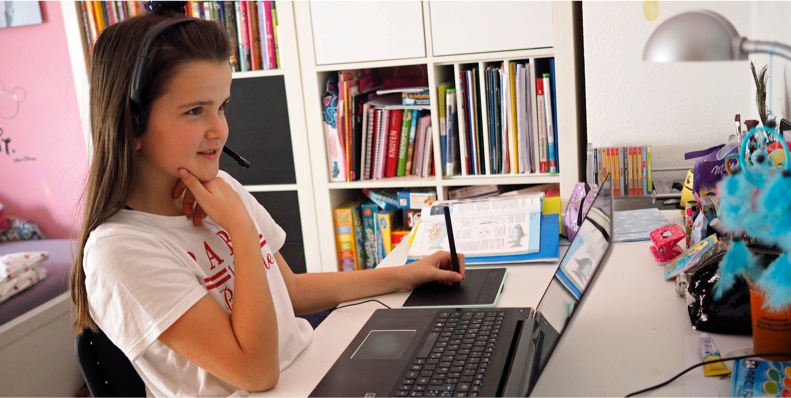
Las herramientas de videoconferencia y colaboración en el aula son esenciales para que los profesores puedan compartir y ayudar a desarrollar habilidades. La falta de clases presenciales no tiene por qué ser un obstáculo para el aprendizaje. Pero hacerlo con eficacia constituye un reto. Aquí presentamos las mejores maneras de hacerlo garantizando la atención de los alumnos y su capacidad de dar lo mejor de sí mismos.

Es importante tener un objetivo de aprendizaje claro para los alumnos en una videollamada, al igual que en el aula. Puede compartirse de antemano por correo electrónico o exponerse en los primeros minutos de la llamada. Esto ayudará a los alumnos a comprometerse y a prepararse para la clase.
Las tareas que se establecen por correo electrónico o por chat de grupo antes de una clase virtual, una manera segura de propiciar el debate, proporcionan a los profesores un tema de discusión y a los alumnos una buena comprensión de lo que pueden esperar de la clase. Esto puede adoptar la forma de un proyecto de investigación en el que los miembros de la clase puedan colaborar, o de deberes tradicionales.
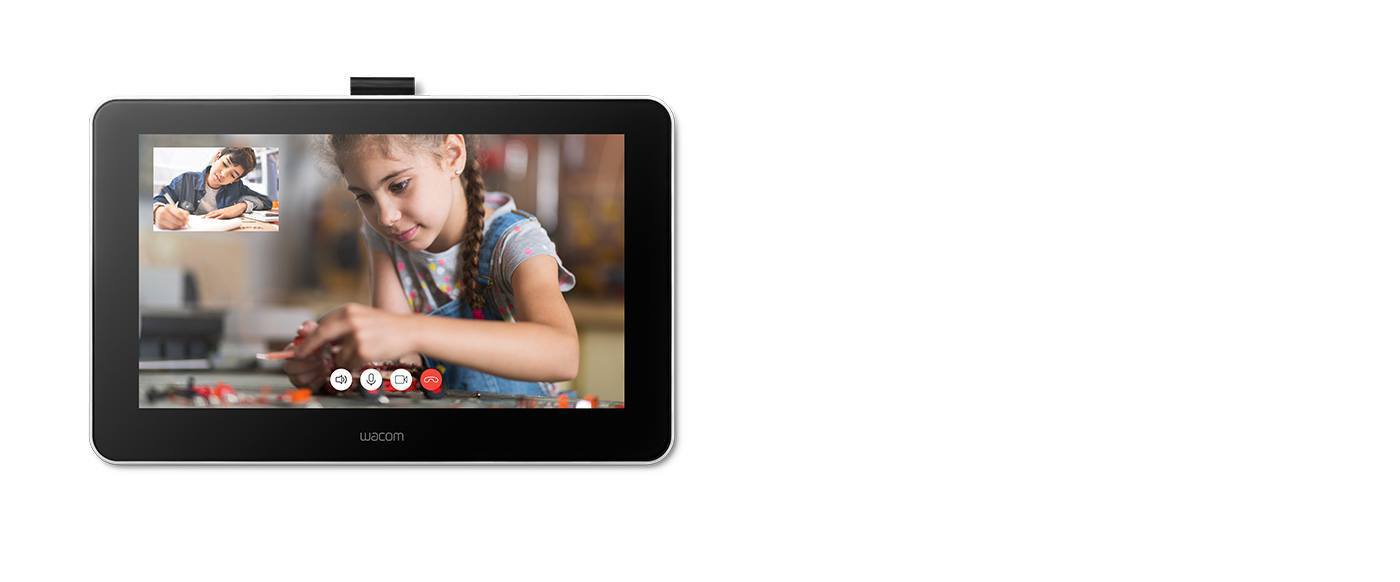
Impartir clases a grupos numerosos mediante el chat de grupo no significa que el trabajo en grupo o individual no tenga cabida. Antes de iniciar una llamada, averigua qué alumnos pueden trabajar juntos. Reserva un tiempo durante la clase para poner fin a la llamada en grupo y haz que los alumnos trabajen en un problema por parejas o en pequeños grupos llamándose entre sí. Da margen para que cada grupo o pareja pueda presentar su trabajo a sus compañeros, como lo harían en un aula.

Si bien las excursiones reales no son factibles, todavía hay muchas formas de aprovechar los recursos virtuales y llevar las clases a lugares increíbles de todo el mundo. Esto puede abarcar desde paseos por museos de renombre hasta recorridos en auto por safaris o caminatas por reservas y parques naturales. Los recursos en línea son amplios y, a menudo, gratuitos, por lo que vale la pena dedicar algo de tiempo a buscar los mejores recorridos en video que luego se pueden reproducir en la clase para complementar los programas de aprendizaje virtual.

La introducción de los documentos compartidos en los que todo el mundo puede trabajar al mismo tiempo hace que sea más fácil que nunca que los alumnos colaboren en un informe o un mapa mental. Sencillamente basta con invitarles por correo electrónico a editar un documento, con la ventaja añadida de poder consultar su historial para ver quién ha aportado qué. Lo mejor de todo es que los documentos compartidos también permiten hacer comentarios, una ventaja para los profesores a la hora de calificar y anotar las tareas con una tableta para profesores. El uso de un monitor interactivo o una pen tablet de Wacom para la enseñanza permite realizar ediciones y anotaciones a mano lo que, según está demostrado, aumenta la memoria y la retentiva.
Lograr que expertos en su campo acudan para impartir una conferencia o charla puede suponer un desafío logístico. Pero con el aprendizaje virtual, las barreras son mucho más asequibles. Con la gente trabajando desde casa y sin la necesidad de viajar a un lugar determinado, pedirle a un ponente que se una a una videoconferencia en el aula para compartir sus conocimientos es más fácil que nunca. Esta es una forma sencilla e inteligente de amenizar la clase y ofrecer diversas perspectivas sobre una variedad de temas.

Las pizarras virtuales son fácilmente accesibles en línea y pueden conectarse al software de videoconferencia con sencillez. Resultan especialmente útiles en las clases de Matemáticas y Ciencias, cuando los problemas y las soluciones deben presentarse visualmente a la clase. Su uso ayudará a los alumnos a comprender mejor; incluso pueden hacer capturas de pantalla de la pizarra y guardarlas para futuras consultas. Las lecciones y notas escritas a mano son más personales, y en investigaciones se ha demostrado que impulsan la interacción más que los resúmenes y documentos mecanografiados.
La tecnología de videoconferencia profesional permite a los usuarios grabar las sesiones. Esto es útil para los estudiantes que no pueden asistir a las clases virtuales o para los que quieren repasar lo que se ha discutido durante una clase o conferencia. También facilita compartir las sesiones a través de las redes sociales y revisar las mejores prácticas para mejorar las clases futuras.

Tanto si eres docente o estudiante, Wacom One te lo pone fácil. Te permite explicar conceptos visualmente, fomentar la colaboración y expresar tu creatividad. El software viene incluido, junto con la capacidad de conectarse a determinados dispositivos Android. Y con tu lápiz, tendrás la sensación de escribir sobre papel en la pantalla de 13.3". Descubre un nuevo mundo de aprendizaje y colaboración.
Producto recomendado
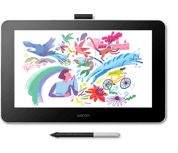
Wacom One 13
Dibujar, diseñar y crear directamente en una pantalla de alta resolución con un lápiz preciso.

Esboza, dibuja y edita imágenes usando una tableta con gran capacidad de respuesta y un lápiz preciso, y observa cómo tus creaciones aparecen en pantalla.

Dibuja, diseña y crea directamente en una pantalla de alta resolución con un lápiz preciso.
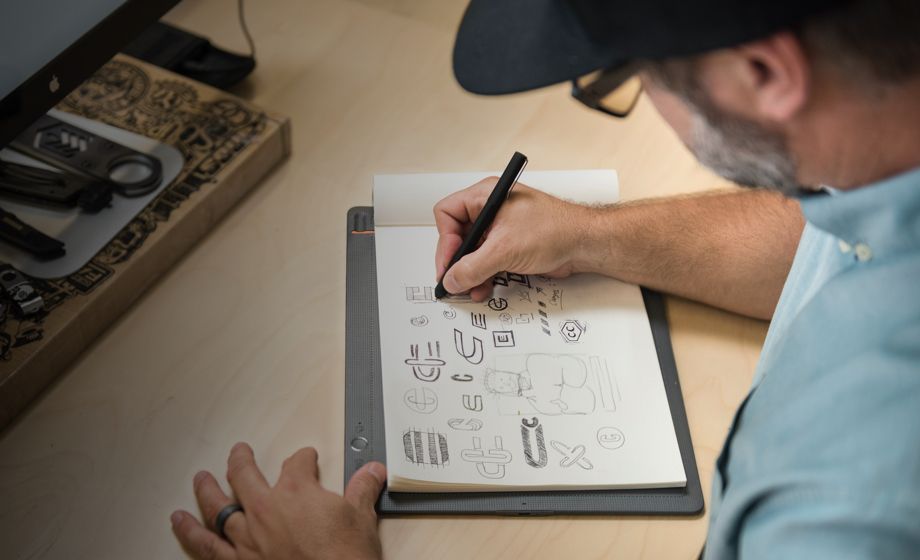
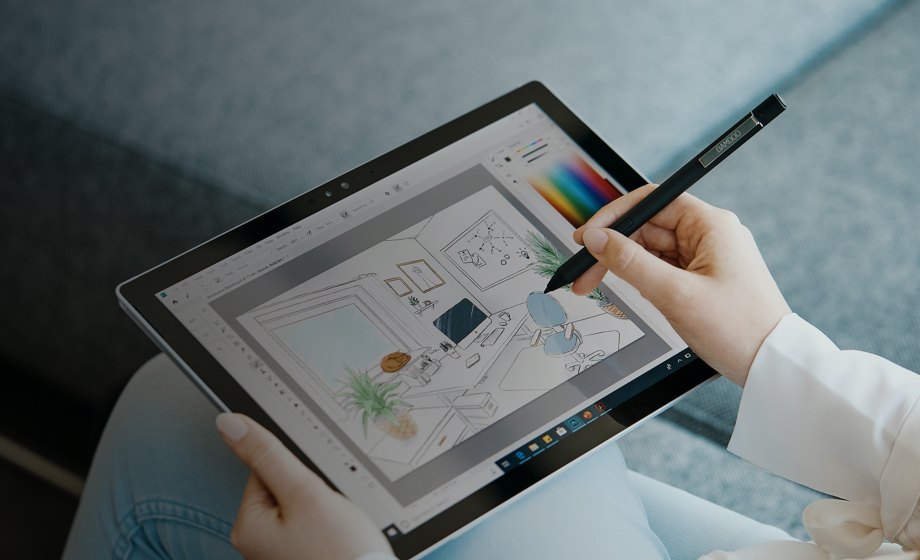
Escribe y anota rápidamente ideas en tu dispositivo móvil con un lápiz digital Wacom.
La estrategia de Wacom consiste en acercar la tecnología a las personas mediante su tecnología de interfaz que hace que la experiencia al usarlo se sienta natural. Esto ha convertido a Wacom en el fabricante líder a escala internacional de pen tablets y pantallas interactivas, así como de lápices digitales y soluciones para guardar y procesar firmas digitales. La tecnología avanzada de los dispositivos Wacom es Intuitiva y se ha utilizado en la creación de algunas de las películas, efectos especiales, moda, diseños y obras de arte digitales más interesantes del mundo, y ofrece a los usuarios domésticos y profesionales una tecnología de interfaz líder para expresar su propia personalidad. Fundada en 1983, Wacom es una compañía global con sede en Japón (bolsa de valores de Tokio: 6727), con filiales y sucursales en todo el mundo para cubrir operaciones de marketing y distribución en más de 150 países.